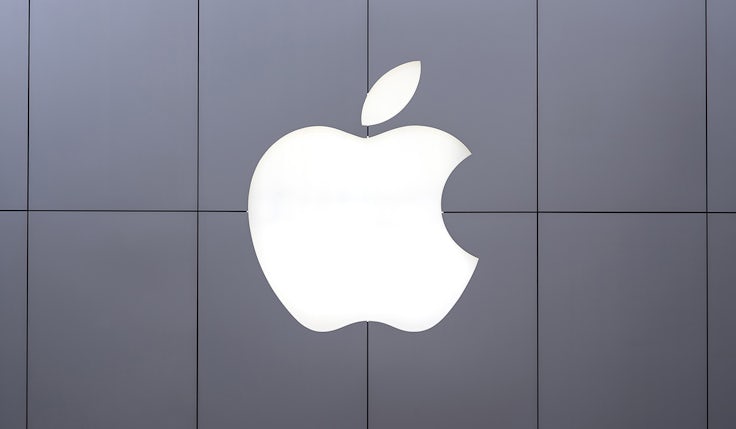So you think you’re a marketer? Prove it
A marketer who limits themselves to just one of the 4Ps is not much of a marketer at all. What are you going to do to change that? Introducing 3P marketing.
 Do you know how to optimise campaigns? Do you act fast when the numbers shift? Do you take pride in real-time feedback and visible results?
Do you know how to optimise campaigns? Do you act fast when the numbers shift? Do you take pride in real-time feedback and visible results?
Sound familiar? Read on.
Do you sharpen your messaging for clickthrough? Do you trust the data to guide your next move? Do you feel confident presenting performance reports to the board?
Still nodding?
Then you know exactly what modern marketing has rewarded. You are an expert at being quick, focused, efficient, and from that, you’ve earned your seat at the table. But that doesn’t make you a marketer. Not even close.
It’s all very well mastering promotions and the things that are obviously visible. Maybe you deliver those positive numbers to management, who are happy, at least until the numbers are no longer good.
Then the party is over. You need to reset. You need therapy.
Are you ready? Shock therapy starts here.
Look backwards to move forwards
This might sting, but you need to understand two things. First, the above is how modern marketing is planned and evaluated. That’s fine. But it has also narrowed the field.
Second, marketing is supposed to inform product development, pricing, and distribution. But it’s not just that marketing is increasingly absent from those discussions, frankly, today’s marketers often don’t even know they’re supposed to be there. It’s time to regain the initiative.
You need to move beyond the performance mindset, even if that introduces uncertainty. This requires decisions without immediate data, it shifts attention from execution to structure, and it pushes you outside the comfort zone.
It’s tough, but you have to do it, because this is what the marketing function is about.
This is not your fault. But it is your problem.
‘A learned helplessness’: Why are marketers limiting themselves to just 1P?When we assess the capabilities of marketing departments using structured frameworks, such as that proposed in the 2005 book “Marketing Due Diligence” to link marketing to profit, the findings are clear: sustainable marketing performance rarely depends on advertising alone.
And this resonates with my own research into why CMOs fail. What companies expect is something far more demanding: strategic leadership and vision, cross-functional collaboration and cooperation, customer insight and segmentation, and the ability to drive growth from the inside. So, here’s a thought experiment:
What if you couldn’t advertise at all next year?
No media buys. No content. No campaigns. No influencers. Just the other three Ps: product, place, and price.
This is a way to force better thinking. Because as soon as communications is on the table, it tends to take over, so, before you plan how to communicate the offer, make sure you have one!
The 3P structure
If promotions were not available, what could a marketing team do instead? The 3P lens makes you see things hidden in plain view.
Take product, for example. Ask yourself what are we offering and is it solving a relevant problem? How could we do it better for all, or at least some, of our target market?
This involves more than features. It means identifying unmet needs, redesigning user flows, or extending use cases.
Spotify is a good example. Take its annual campaign ‘Spotify Wrapped’ which shows users how they’ve engaged with the app over the course of the year. This is actually a set of product features, but ones that make you experience it in a new way. And it’s something that generates a huge amount of buzz and excitement for the brand.
Some claim that about 80% of a brand is built from personal product experiences and product physical availability in your surroundings. Don’t abdicate those possibilities.
Product is the P all marketers should strive to influenceThen there’s place – so often the forgotten P of marketing. How easy is it to access, find, or use the product?
Place today is more than just appearing on store shelves, now it includes channels, partners, platforms, integrations, availability, and service layers.
Bluetooth was one of the things that formed me as a marketer. As the first marketer on that technology project, we gradually discovered that the key to growing awareness was to make our partners spread the word for us, consistently and coherently. Ensuring the Bluetooth branding was a win for them, we essentially did this on zero budget. The secret sauce was a positive spiral between tech adopters and consumer interest. And now, 25 years later, it still lives on while generations of other tech has come and gone.
Good work here reduces friction or can even create self-reinforcing systems. It can also create perceived exclusivity, convenience, or control.
The forgotten P? What marketers can bring to ‘place’ strategyAnd, finally, there is price. Is the pricing model helping or hindering usage?
Price is not just a number. It includes architecture, perceived value, commitment risk, and trialability. Slack, for instance, utilises an “only pay for active users” model, which means instead of charging for a set number of total users, it only bills for active ones. This reduces objections in enterprise IT, makes procurement easier and limits friction which, in turn, increases trial.
An Eritrean law firm working with the diaspora in the USA understood that its target group had neither the money nor the tradition to the buy legal services they needed, so instead they offered it as a monthly “insurance”, so it was affordable as well as made it possible for them to serve clients proactively, as everyone won if they stayed out of legal problems rather than profiting on processes.
These approaches show how price can drive growth and improve customer fit. It can even be something that drives word of mouth by itself.
Most marketers don’t have influence over the 4Ps excluding promotionAnd then back to that 4th P of promotion, the concept of 3P marketing is not a rejection of advertising. It is a discipline of earning the right to advertise.
Once the product meets a demand point, the place is optimised, and the price aligns with usage and value – then communications can leverage it all.
And you and your team have become marketers again. Not just advertising managers.
Mats Georgson is a former CMO and brand director who is now CEO of his own strategy consultancy, Georgson and Co.






